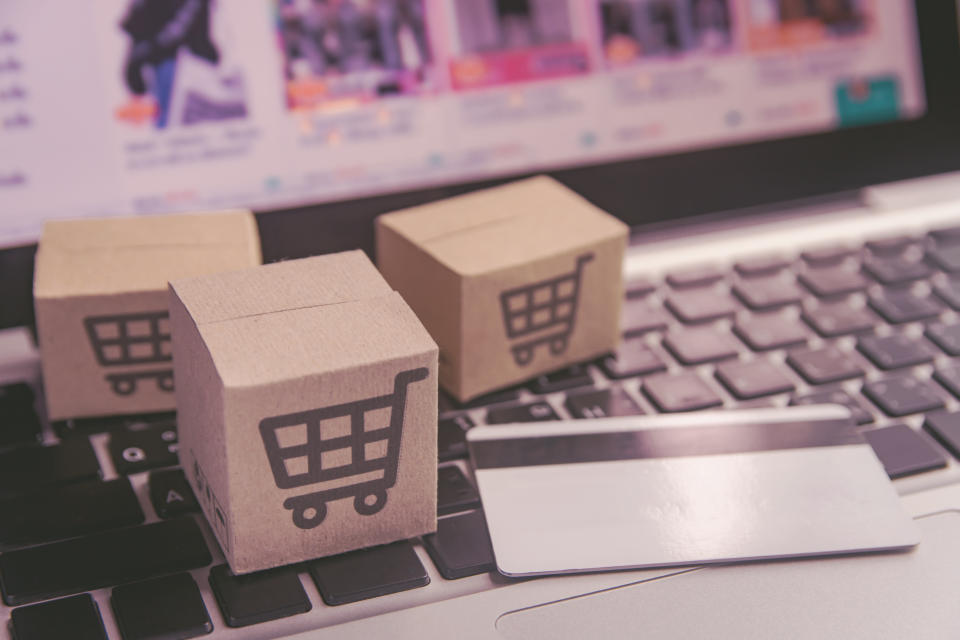COMMENT: When physical experience is not so important for consumers

By Goh Puay Guan
SINGAPORE — The COVID-19 pandemic has turned tides in business, and in the physical customer experience. Traditionally, businesses have spent money and time on differentiating their brand, and creating wonderful intangible customer experiences.
We visit cafes and restaurants, not only for food and drinks, but for the decor, ambience and social interactions. Many things changed with new social distancing rules worldwide. The idea for “window shopping” has been thrown out of the window.
While there are high-profile retail bankruptcies such as Neiman Marcus and JCrew, Adobe's Digital Economy Index showed an extra US$52 billion of online spending in the United States due to the pandemic. Even as commercial tenants ask for rental rebates, warehouse demand is generally stable or increasing.
The competition arena for businesses has only moved online and backend.
In e-commerce, customers experience the company through a web presence, and its customer service through prompt logistics delivery and product quality. There is a large backend of supporting services such as warehousing and inventory management, which unlike retail, is not seen or touched by the customers. With food delivery platforms such as FoodPanda and Deliveroo, competition amongst restaurants is based on the price, quality and delivery.
In short, value chains of consumer interaction and consumption are being re-organised. Rather than intangible qualities of physical experience, there is more emphasis on operations performance.
Operational efficiencies become critical
In the emerging landscape of adaptation, scale and operational efficiency come into play. Companies can redesign their processes in order to improve their efficiency. For example, Starbucks has announced plans to close 400 stores over the next 18 months, and also to ramp up its Pickup store concept. We also see the rise of “dark stores” — traditional retail shops that are now being reconfigured for order fulfilment instead.
Of course, streamlining operations will favour larger companies. It could be an opportunity for large companies to consolidate and strengthen their positions, perhaps acquire smaller competitors.
On the online front, companies with easy-to-navigate websites or mobile apps will find it easier to attract customers. There is also data analytics that target consumer preferences. As they say, the rich get richer. In the virtual world, companies rich in data and online networks will also be richer in views and transactions.
Small and medium companies, with limited cashflow and online reach, will find it harder to break through. Even the cost of outsourcing to e-commerce and logistics platforms often make these channels not commercially viable.
Pooling of resources for SMEs
For SMEs, collaboration, even among competitors, may help mitigate the impact. Smaller players will have to learn to pool together their volumes and share backend operations, whilst continuing to differentiate themselves on the front-end online experience.
For example, restaurants could take up rental space in a large central kitchen to cook for online food delivery. Retailers could consolidate deliveries together in full trucks rather than individually outsourcing to logistics service providers, sharing costs proportionally to their volume used. Companies could group together in a Groupon model for B2B purchases, buying common items, such as office equipment, services or even raw materials, in bulk to lower costs.
This may even lead to new opportunities for companies to offer their spare capacity for rental by other companies, and to mutually create higher asset utilisation overall. It would also create opportunities for start-ups that create sharing economy platforms for businesses.
Whilst the sharing economy for consumers, such as Uber and Airbnb, look to be affected by social distancing and travel restrictions, sharing and collaboration amongst SME businesses may start to take off due to business necessity.
Goh Puay Guan is an Associate Professor with the Department of Analytics & Operations with National University of Singapore (NUS) Business School. The opinions expressed are those of the writer and do not represent the views and opinions of NUS.

 Yahoo Finance
Yahoo Finance 
